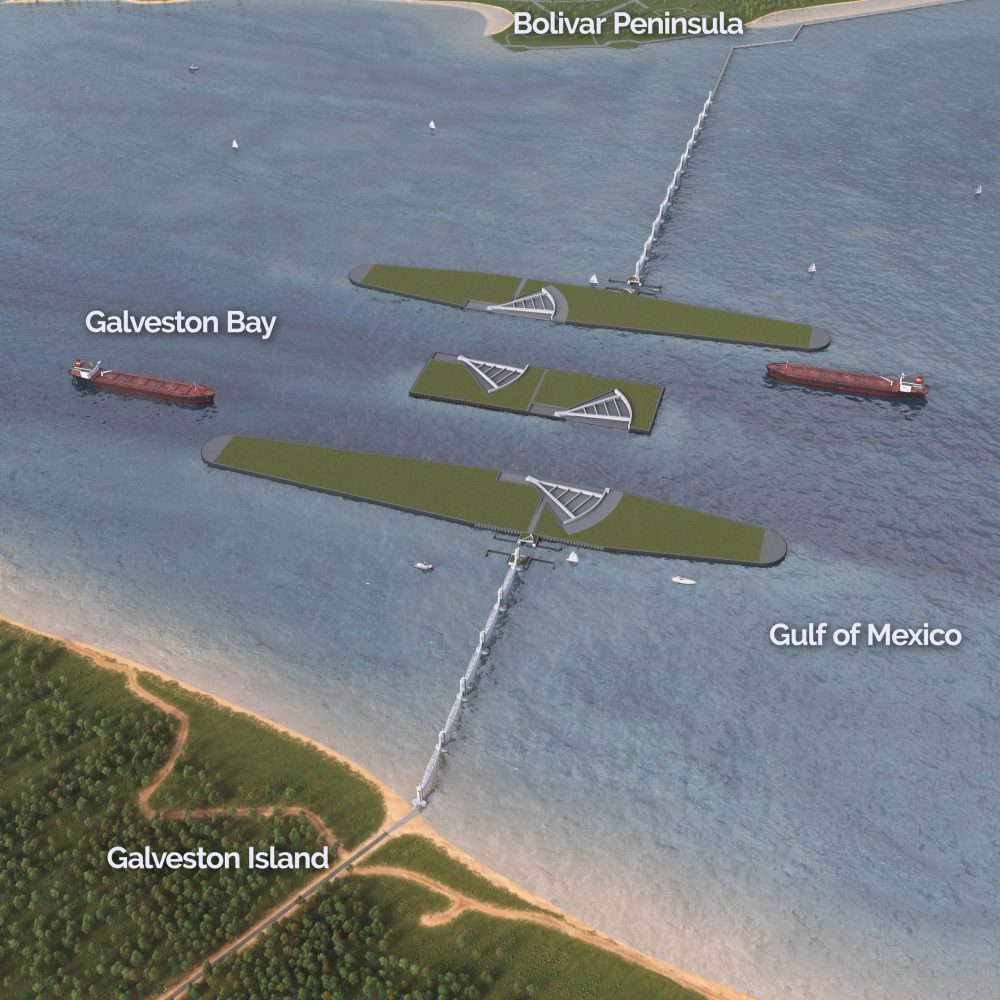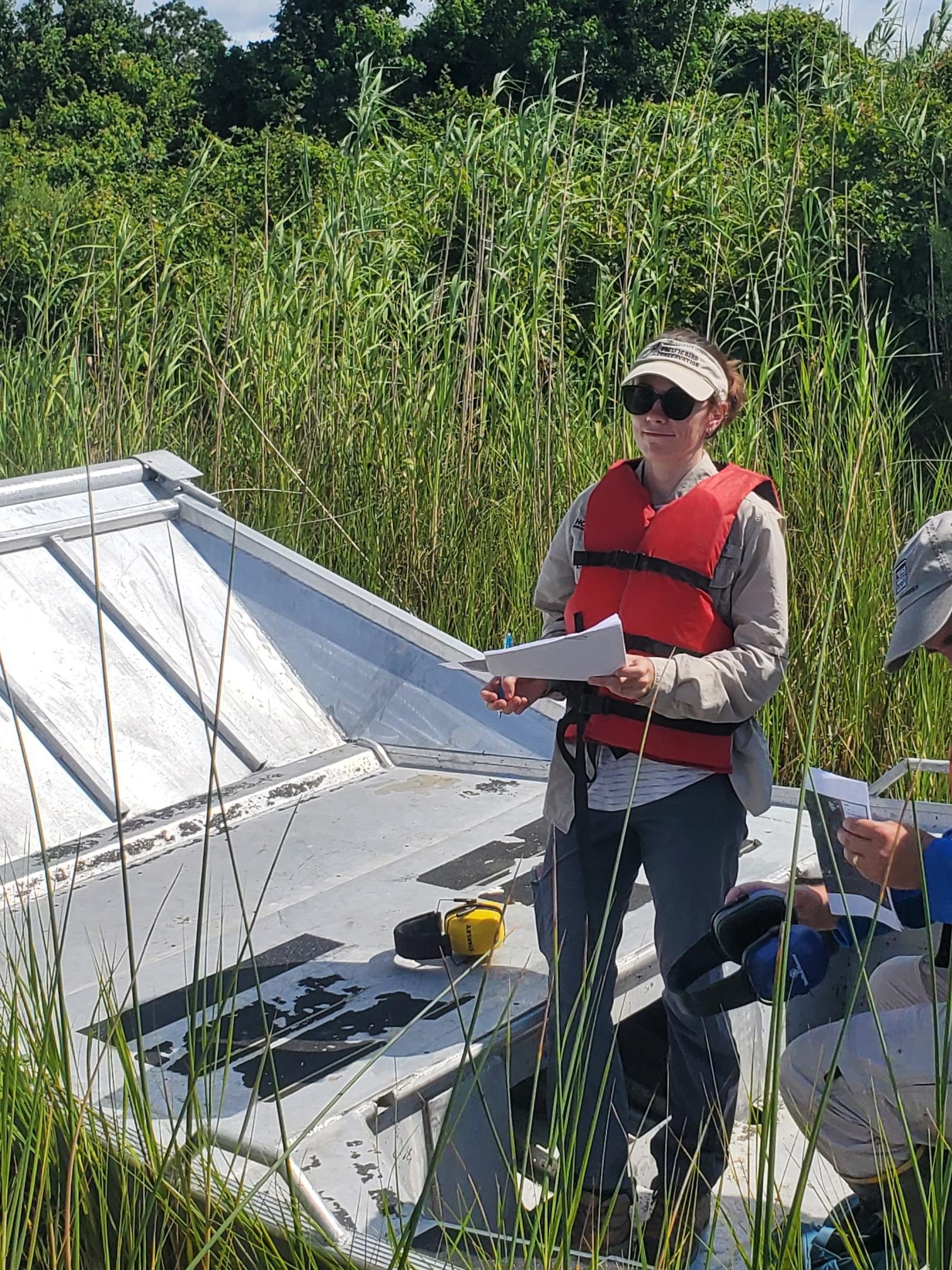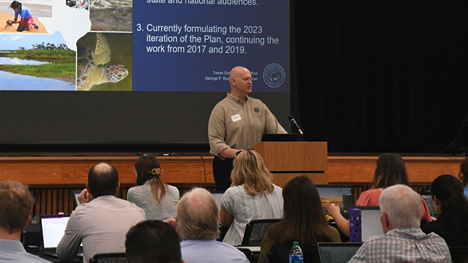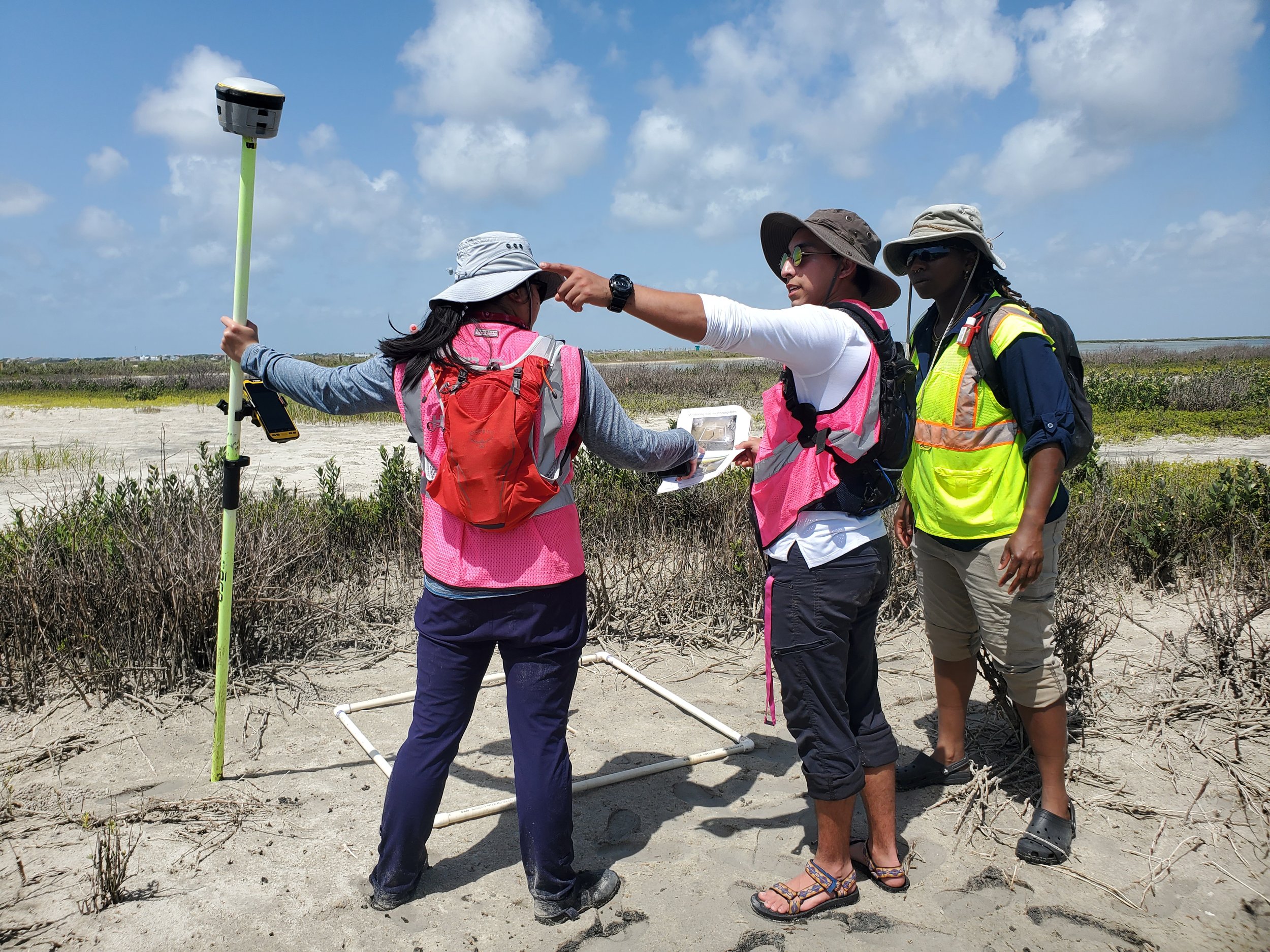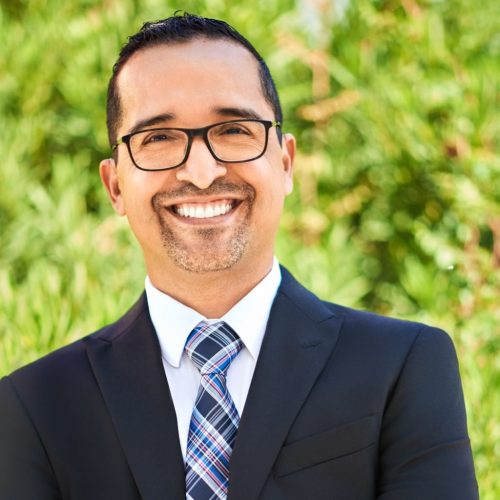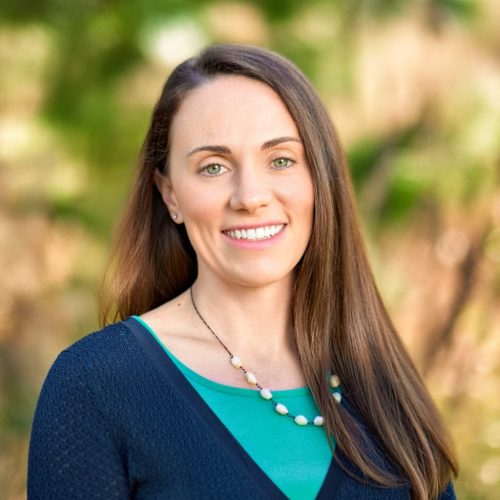Hollaway has played an integral role in nearly every major coastal planning project in the state of Texas, working side by side with entities such as USACE, GLO, TPWD, TWDB, TxDOT, Harris County/HCFCD, and the GCCPRD to promote inter-agency collaboration, engage with the public/stakeholders, build consensus, and advance integrated resiliency efforts.
No other firm has Hollaway’s depth of involvement and breadth of understanding across the various complimentary programs advancing coastal resiliency efforts in Texas.

Examples of Hollaway’s coastal planning experience, covering coastal storm risk management, erosion control, and ecosystem restoration, include:
Hollaway provided comprehensive communications, interagency coordination, stakeholder engagement and public outreach, and consensus building services for this $26B coastal storm risk management and ecosystem restoration program. Effort also included comprehensive review of economic and benefic-cost analysis for the proposed coastal storm risk management and ecosystem restoration measures, as well as development of the 2021 Feasibility Study Final Report.
To support this $4B coastal storm risk management program in the Pre-Construction Engineering and Design Phase, Hollaway provides environmental planning and consulting services, as well as comprehensive communications, stakeholder engagement, and consensus building services.
Since the plan’s inception in 2016, Hollaway has provided stakeholder engagement and education efforts and graphic design/document preparation services. Hollaway designed the 2017, 2019, and 2023 versions of the State of Texas’ Coastal Resiliency Master Plan, which provides a framework for community, socio-economic, ecologic and infrastructure protection from coastal hazards including erosion and storm surge.
In 2018, Hollaway began working with a commercial development group to consult on a planned development along the Texas Gulf Coast. Over the five-year project, Hollaway supported the client in studying and identifying environmental constraints, conducting environmental surveys, and preparing and submitting Clean Water Act (CWA) permits.
